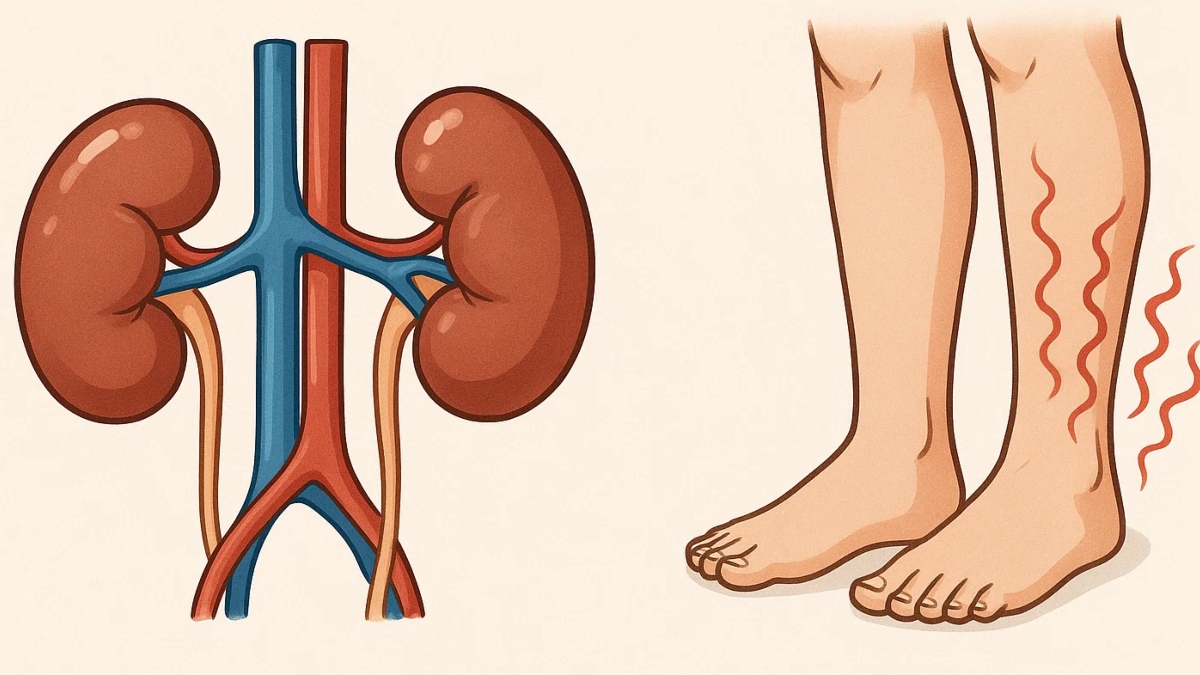Are Your Hands Telling You About High Cholesterol? Expert Warns of Subtle Signs to Watch Out For

Could the appearance of your hands be a warning sign of high cholesterol? Leading health expert Frederick Manduca, co-founder of Newfoundland Diagnostics, is urging Australians to pay close attention to seemingly minor changes in their hands and limbs, as high cholesterol can often be a “silent killer.”
Cholesterol is a waxy substance that’s found in your blood. While your body needs some cholesterol to function properly, too much can lead to a buildup in your arteries, increasing your risk of heart disease and stroke. The concerning aspect is that high cholesterol often presents with no noticeable symptoms in its early stages, making it difficult to detect without regular check-ups.
“Cholesterol is often called a silent killer because many people don’t realise they have it until they experience a serious health event,” explains Manduca. “Being aware of potential warning signs, even subtle ones, can be crucial for early detection and management.”
So, what hand changes should you be looking for?
Manduca highlights a few key indicators:
- Yellowish Palms: While not always indicative of high cholesterol, yellowish palms (palmar xanthomata) can sometimes be a sign of elevated cholesterol levels. This occurs when cholesterol deposits build up under the skin.
- Xanthomas: These are small, yellowish bumps or patches that can appear on the tendons of your hands, particularly near the wrists and knuckles. They are also caused by cholesterol deposits.
- Changes in Skin Tone: Any unusual changes in the colour or texture of your skin on your hands should be investigated by a doctor.
Beyond Your Hands: Other Potential Signs
It’s important to note that hand changes are just potential indicators. High cholesterol can also manifest in other ways, including:
- Chest Pain: Angina, or chest pain, can be a symptom of narrowed arteries due to cholesterol buildup.
- Shortness of Breath: Reduced blood flow to the heart can cause shortness of breath.
- Numbness or Weakness: This could indicate poor circulation caused by cholesterol plaques.
Prevention and Management
The good news is that high cholesterol is often manageable through lifestyle changes and, if necessary, medication. Here are some steps you can take:
- Healthy Diet: Reduce your intake of saturated and trans fats, and increase your consumption of fruits, vegetables, and whole grains.
- Regular Exercise: Aim for at least 30 minutes of moderate-intensity exercise most days of the week.
- Maintain a Healthy Weight: Losing even a small amount of weight can help lower your cholesterol levels.
- Quit Smoking: Smoking damages your arteries and increases your risk of heart disease.
- Regular Check-ups: Get your cholesterol levels checked regularly by your doctor.
Don’t ignore subtle changes in your body. Being proactive about your health and seeking medical advice when needed can make a significant difference in preventing serious complications from high cholesterol. Talk to your doctor about your risk factors and how to best manage your cholesterol levels for a healthier future.






